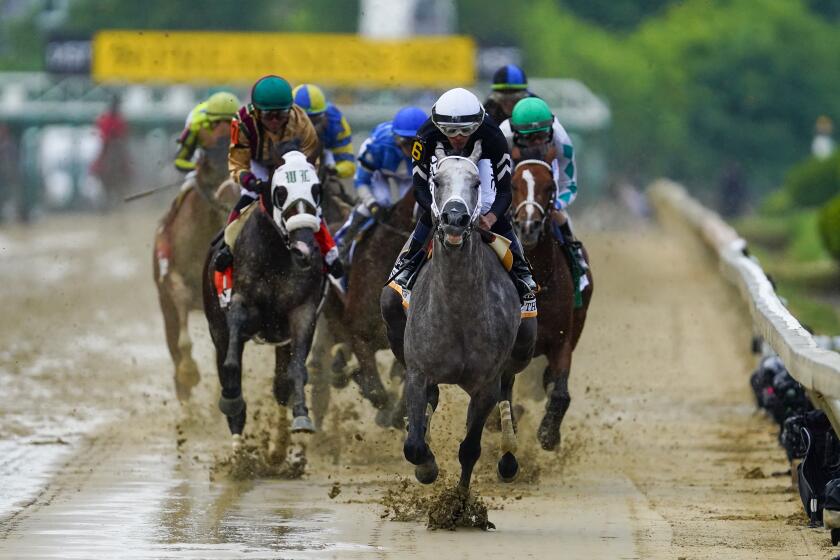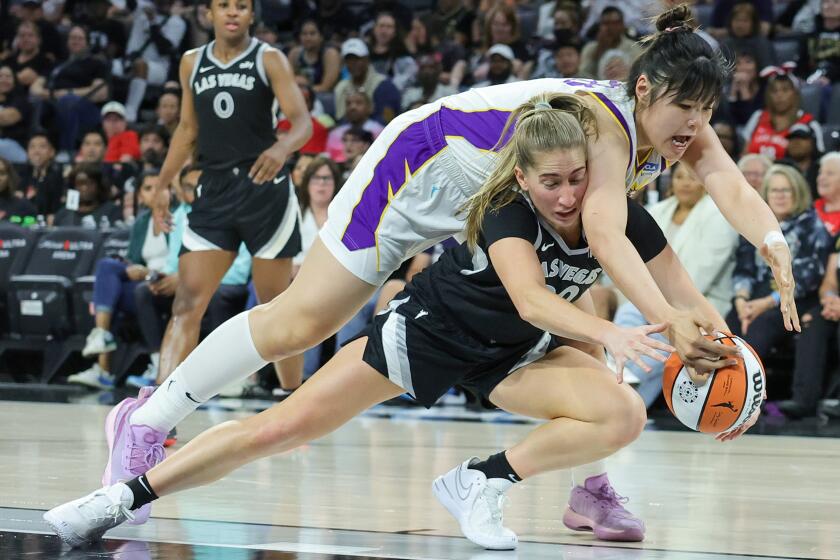... And the bluff taketh away
One key to running a successful bluff is betting it the way you would bet a strong hand.
One reason is you might pull off the bluff. But perhaps a more profitable reason is that a loose image will get paid off when you actually have a big hand.
What’s harder about running a successful bluff, as young pro Jeff Madsen experienced in this hand from the $25,000-buy-in World Poker Tour Championship at Las Vegas’ Bellagio in 2009, is knowing when to stick with it and when to give it up.
With blinds at $1,500-$3,000 plus a $400 ante, respected pro Chris Bell limped from middle position. Madsen limped behind him with the unlikely holding of 10-3 offsuit.
“It’s just about being able to play flops well,” said Madsen, who won two World Series of Poker bracelets within a week in 2006. “It’s not like it’s a good hand, but I had a lot of chips.”
The blinds also played, so four players took a flop of 5-2-5, two diamonds. Everybody checked to Madsen, who bet $8,000. The blinds folded. Bell called, likely familiar with Madsen’s aggressive style that would include making a position bet while holding nothing.
“I put him on a small pair,” said Madsen, a pro from the Full Tilt Poker online site.
The turn came the king of diamonds, potentially completing a flush draw. Bell checked again.
“It’s kind of a scary card,” Madsen said. “I bluffed at it again with $18,500. I thought if he had a small pair and no diamond, then he would fold. But even if he didn’t, I felt like I would bluff again on the river.”
Bell called. The river came the 9 of diamonds, putting out four to the flush. Bell checked again and Madsen fired again, bluffing $33,000 more. Bell called and showed pocket 8s with the 8 of diamonds to take the pot.
“It looked like a good card for me to bluff at again, because even if he has a small pair, half the time he doesn’t have a diamond,” Madsen said. “I was hoping he didn’t have a diamond. But he kind of has to call there with the 8 of diamonds.
“When I’m in the middle of those hands, sometimes I just know they’re going to fold and sometimes I’m just kind of hoping, so sometimes I should just abort it after, say, he calls the flop. But sometimes the boards get scary and it looks like you can bluff someone off a hand.
“You don’t always have to take the shot, but usually I follow through with a couple barrels if I think they’re semi-weak. Maybe I should’ve shut down.”
Table talk
Blinds: Forced bets to ensure action each hand; the small blind is the player immediately to the left of the button and is half the amount of the big blind, which is the player immediately to the left of the small blind.
Limp: To voluntarily enter the pot pre-flop for the minimum, which is the amount of the big blind.
More to Read
Get our high school sports newsletter
Prep Rally is devoted to the SoCal high school sports experience, bringing you scores, stories and a behind-the-scenes look at what makes prep sports so popular.
You may occasionally receive promotional content from the Los Angeles Times.






